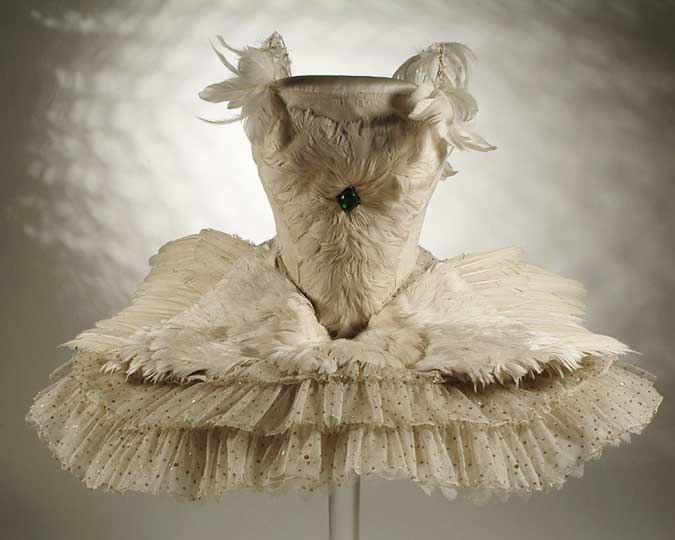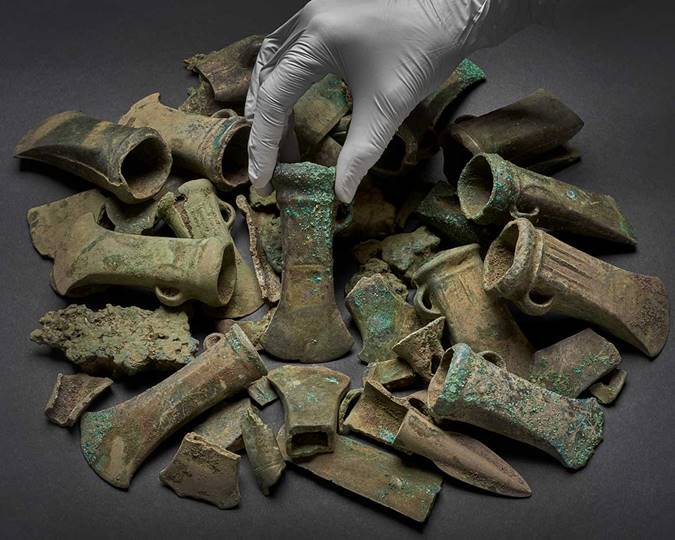A favourite or precious broken jar or plate at home is usually glued together to preserve it, but for museum conservators, not only is regular glue usually not an option, there is a lot of thought that goes into deciding the why, what and how of filling gaps in artefacts. Find out more.
The stunning Japanese practice of repairing ceramics with gold-covered lacquer, Kintsugi or Kintsukuroi, has become very popular over the past couple of years. Not only are these repaired vases and wares decorative items in their own right, you can now buy Kintsugi craft kits ready to be used at home. This method, however, is quite different from the standard (and less glittery) mends and fills you’ll find at most museums, such as the Museum of London, or even at your home.
When an object is broken or a piece is not in place, conservators are posed with the challenging question of how to repair it. And no, superglue is usually not the answer.
There are many approaches for mending, filling and retouching damaged areas. Repairing objects involves a step-by-step decision-making process to find the right treatment for each artefact. This becomes more complex when part of the material is missing. Ceramic and glass objects are especially prone to this; the breakable nature of earthenware, porcelain and glass means they are regularly found in pieces. After reconstruction, small or large gaps in the object are located. When confronted with this, a conservator will pose the big question:
Does the gap in this object need filling?
Different objects will dictate different answers; even individual conservators might disagree among themselves. Still, you can usually deduce the reasoning behind a treatment quite easily by looking at its values and interpretation.
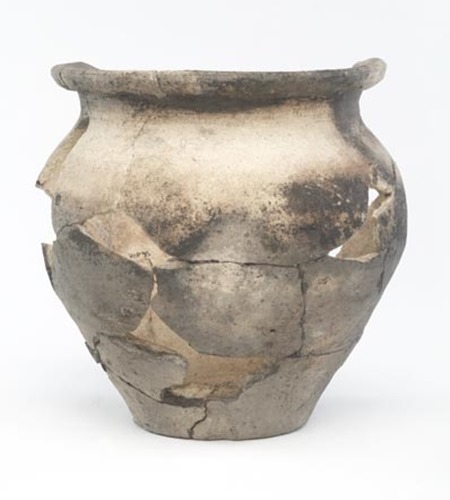
Example of an unfilled archaeological object
An early medieval cooking pot with several gaps that have been left unfilled, as they do not pose any structural risks. (ID no. ROP95[4389]<temp3>)
To fill or not to fill?
The answer to this first question isn’t always a straightforward “yes”. In some cases, a chip in a cup or a gap in a pot doesn’t necessary need to be filled. If the rest of the object’s condition is stable and the gap is not causing any strain or weakness in the object, there is no structural reason to fill the gap. An archaeological object with a few gaps, for example an early medieval cooking pot, may be left unfilled. It’s clear what this object is and how it would have originally looked. As the object is archaeological, showing its age and evidence of damage also gives us a clear understanding of its context.
Balancing act
There are instances when fills do need to be made because the fragments are too fragile on their own. In this case, the fill’s purpose is to provide support and balance, and it’s thus called a structural fill. It can be an additional fragment that keeps the original material in place, or a supporting base for an object to stand on. An example of structural fills is in the glass cremation urn on display in the museum’s Roman galleries. The fragments were reassembled, but large gaps meant the rim couldn’t stay upright on its own. Supports were then made, which followed the shape of the object, but are not as transparent as the glass itself. Ceramic objects with large gaps in the bases are also often filled, to provide more base support. There are different types of materials that conservators use for such fills, from acrylic resins to plaster of Paris. But they also have to also keep in mind that the fills are as reversible/re-treatable as possible, to ensure that any additions to the object could be removed in the future if the need arises. That’s probably not a concern for those at home, who would want such fills to be permanent!
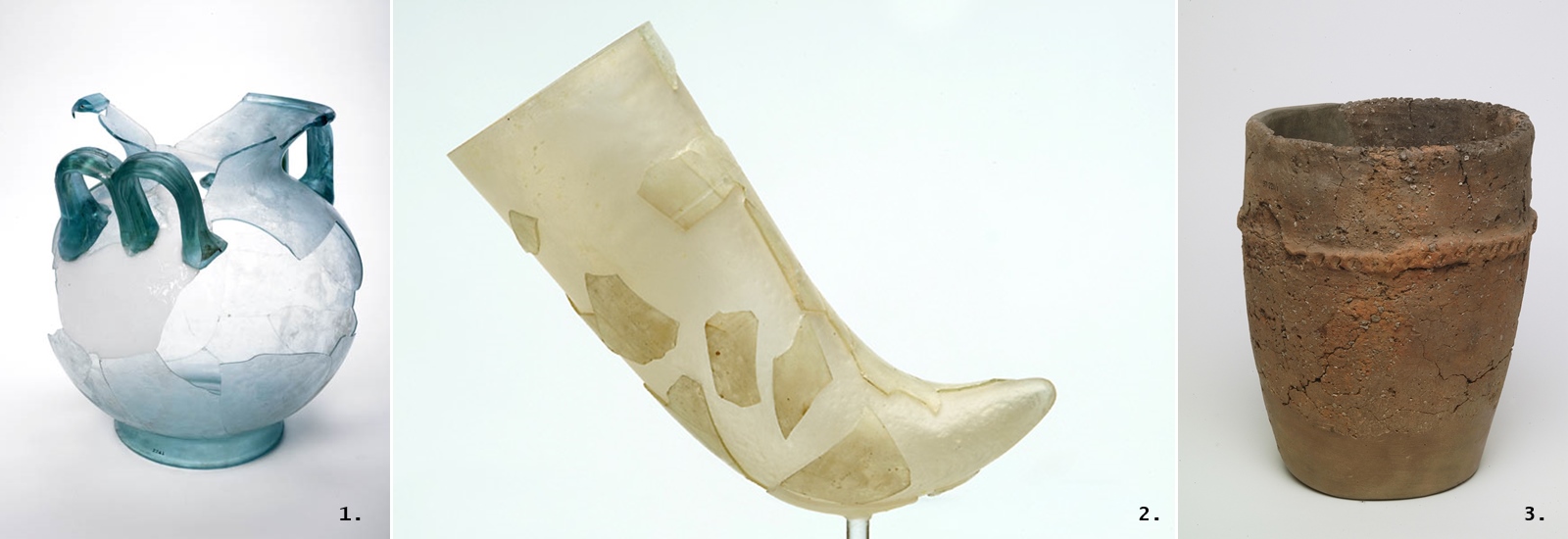
Examples of structural fills
1. The fill in this Roman cremation urn keeps the handles, neck and rim in place. (ID no.: 2241); 2. The fill in this thin glass of the Roman drinking horn shows the shape of the original object. It's attached to a supporting base below. (ID no.: 18543); 3. In this prehistoric bucket urn with most of its base missing, the fill supports the friable ceramic. (ID no.: 37.221/1)
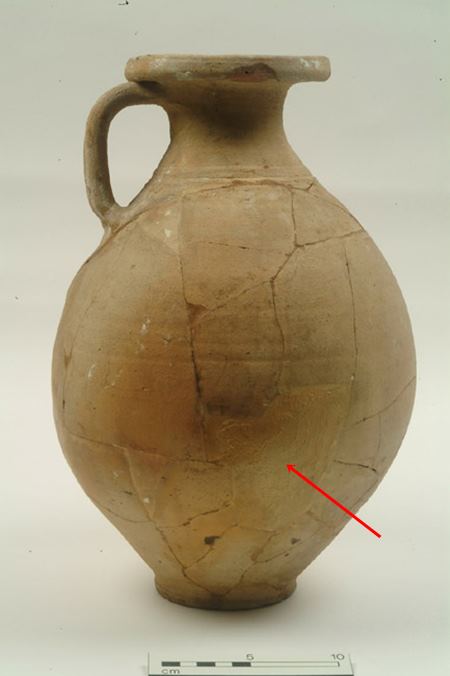
It's a match!
A Roman flagon, the gaps in which have all been filled and painted to match the ceramic surface (see the red arrow pointing out one of the fills). (ID no.: 18774)
Beauty spots
Gaps can also be filled purely for aesthetic reasons. Some objects benefit from a ‘complete’ look where the whole shape is filled. This can be done if the shape of the missing piece is easily deduced, such as in a Roman ceramic flagon, the large and small gaps in which have been completely filled and painted. The form of this object is continuous and the fill recreates this. It masks the potentially distracting damage, but when you look closely, it is clear that the fill wasn’t a part of the material originally. This is also seen in a recently conserved medieval vase, the neck of which was completely missing. Through historic research and by comparing the object to its contemporary examples, the probable shape of the neck was found. By adding this to the object, we get a clearer understanding of its use and original appearance.
Colour me impressed
When objects are gap-filled for historic representation or aesthetics, another question arises: to what extent do we retouch the filled area? A fill can usually be tinted or painted in a colour similar to the surrounding material, varying slightly to make sure one doesn’t confuse it for the original fragments. Conservators try to use durable colours for such work to avoid repeated restorations. This was done for the previously mentioned example of the medieval vase, the mottled grey-beige tone of which has been taken over on the fill. The decorative dark blue lines are not continued on the fill. This is partially because it is harder to know what the decoration exactly looked like, but also to show a distinction between the object and its more recent fill.
A highly decorative object, such as a porcelain vase, is sometimes completely retouched, including its ornamentation. The fills and breaks will be almost invisible to the naked eye. This type of approach was applied much more in the past; making the object look shiny and new with a complete reconstruction was a common practice. Nowadays, it isn’t as common to see this method used on ceramic and glass objects. Conservators see it as essential to clearly distinguish the parts that have been added in a conservation treatment.
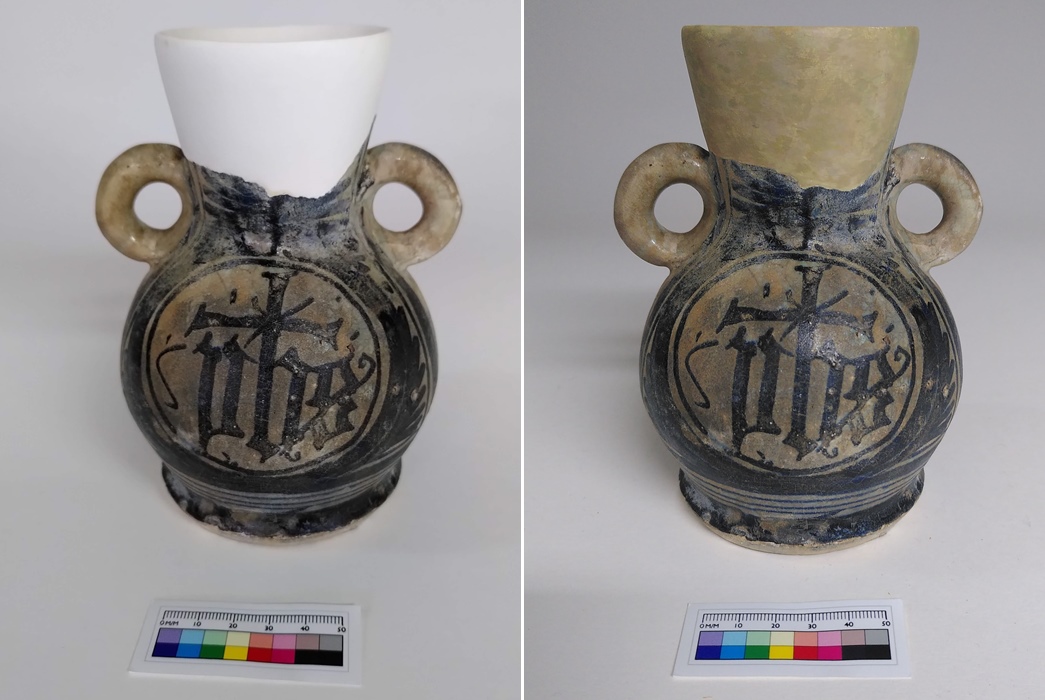
Neutral finish
A medieval two-handled vase with a completely reconstructed neck and rim, retouched in a neutral colour. (ID no.: A378)
Various gap-fills of the world
As previously mentioned, there can be distinct approaches to filling gaps, based on the individual, museum or even country! You’ll find that at the Museum of London, gap-fills don’t tend to stand out or completely change the appearance of the original. This strongly contrasts with a technique like Kintsugi or Kintsukuroi, which uses the breaks and gaps of an object to accentuate the changes the object has endured in its lifetime. While this technique is very different from the standard practices at the museum, it would be very interesting to try this out and bring new life to London’s historical objects.
Would you like to see more varied gap-fills in our objects on display? And have you ever tried repairing and gap-filling an object at home? Let us know what think about our objects and their repairs, we’d love to hear it.










